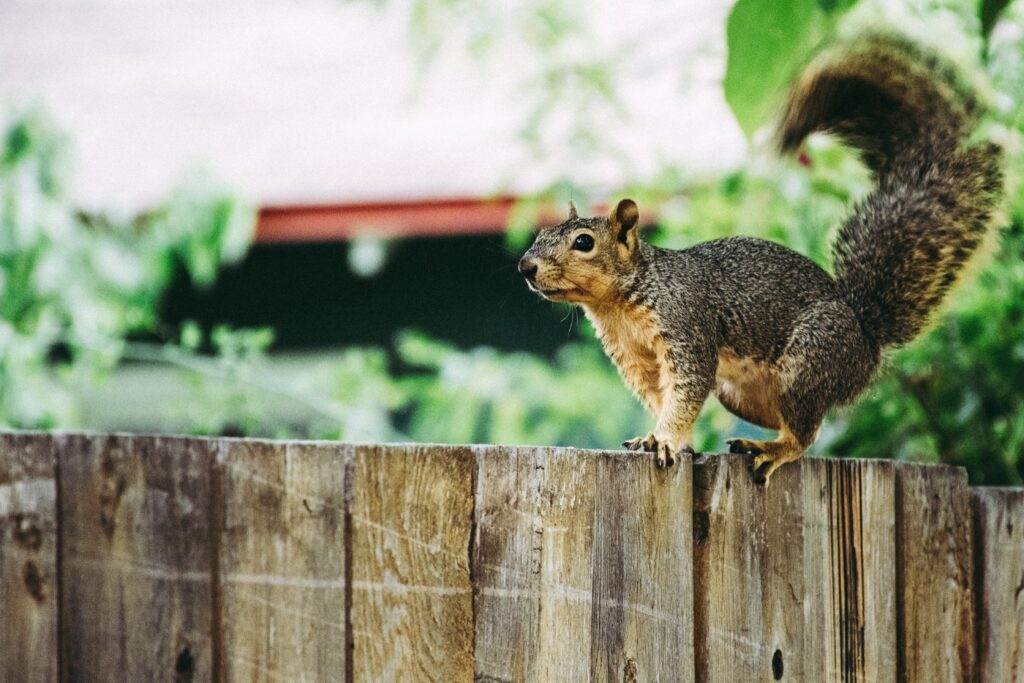Squirrels are adorable creatures that often bring joy to our backyards and parks. However, when they become a nuisance, causing damage to property or becoming a threat to our homes, it may become necessary to consider squirrel removal. It’s essential to handle squirrel-related issues with care and ensure their removal is done humanely. In this article, we will discuss some DIY techniques for dealing with squirrels effectively while prioritizing their well-being.
Identify the Issue
Before taking any action, it’s important to identify the specific squirrel-related problem you’re facing. Are they causing damage to your property, digging holes in your garden, or entering your home? Understanding the problem will help you choose the most appropriate removal technique.
Seal Entry Points
If squirrels are entering your home or attic, the first step is to seal all potential entry points. Inspect your property for any holes, gaps, or cracks that squirrels could use to gain access. Use sturdy materials such as wire mesh or hardware cloth to cover these openings. Ensure that all potential entry points are sealed off to prevent future infestations.
Remove Food Sources
Squirrels are attracted to food sources, so removing these temptations can discourage them from frequenting your property. Keep bird feeders elevated and use squirrel-proof models designed to deter squirrels from accessing the food. Secure your garbage cans with tight-fitting lids to prevent them from becoming a food source. Additionally, clean up fallen fruits or nuts from trees regularly.
Trim Trees and Branches
Squirrels often use overhanging branches to gain access to your home or property. Trim tree branches that are close to your house, ensuring there is at least a 10-foot distance between the branches and your roof or other access points. This will make it more difficult for squirrels to jump onto your property.
Create Distractions
Sometimes, providing alternative food sources and distractions can redirect squirrels away from areas where they cause damage. Plant squirrel-friendly trees, such as oak or walnut, in areas of your yard away from your home or garden. This way, they can find sustenance elsewhere, reducing the chance of encountering them in undesirable locations.
Install Squirrel-Proof Barriers
If squirrels are causing damage to your garden or specific areas of your property, you can employ squirrel-proof barriers to protect those areas. Use chicken wire or mesh fencing around gardens or individual plants to prevent squirrels from accessing and damaging them. Ensure the barriers are buried a few inches below the soil to prevent squirrels from burrowing underneath.
Employ Natural Deterrents
Certain scents and sounds can deter squirrels from your property. Consider using natural deterrents, such as predator urine or mothballs, strategically placed around the area you want to protect. Additionally, you can install motion-activated devices that emit ultrasonic sounds to startle and repel squirrels.
Live Trapping and Release
If all other methods fail and you need to physically remove squirrels from your property, consider live trapping. Purchase a humane squirrel trap and bait it with foods like nuts or peanut butter. Once trapped, handle the squirrel carefully and release it far away from your property, preferably in a wooded area or park where it can thrive.
When it comes to squirrel removal, prioritizing their well-being and ensuring humane treatment is essential. By identifying the problem, sealing entry points, removing food sources, trimming trees, creating distractions, using squirrel-proof barriers, employing natural deterrents, and considering live trapping and release as a last resort, you can effectively deal with squirrel-related issues while respecting their place in the natural ecosystem. Remember, it’s always best to approach squirrel removal with empathy and kindness.

